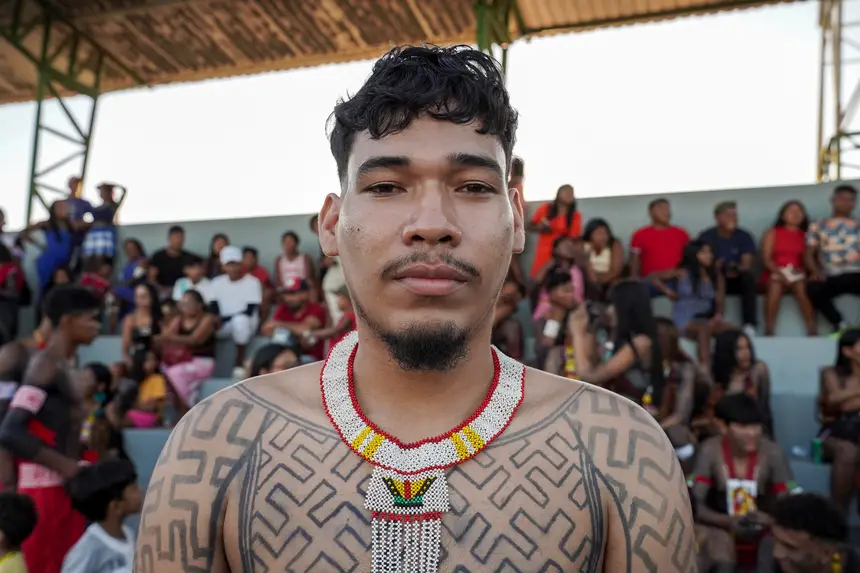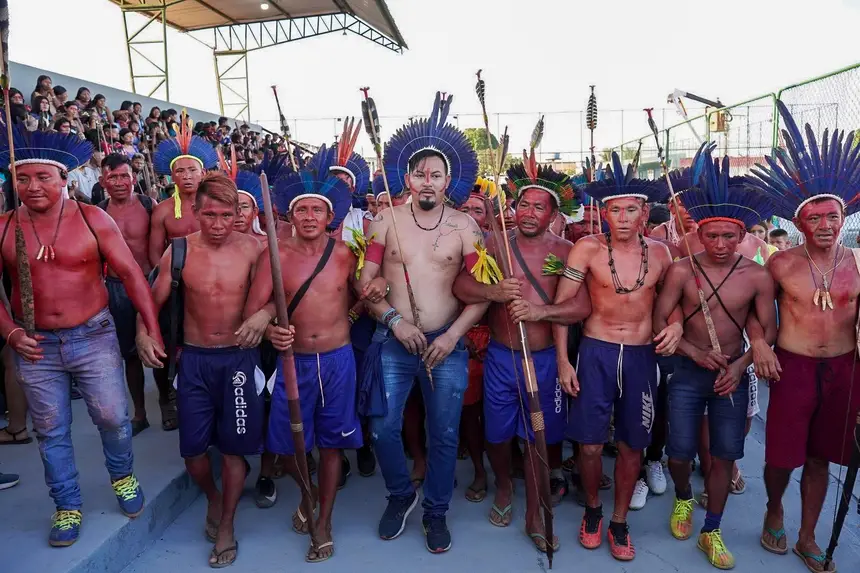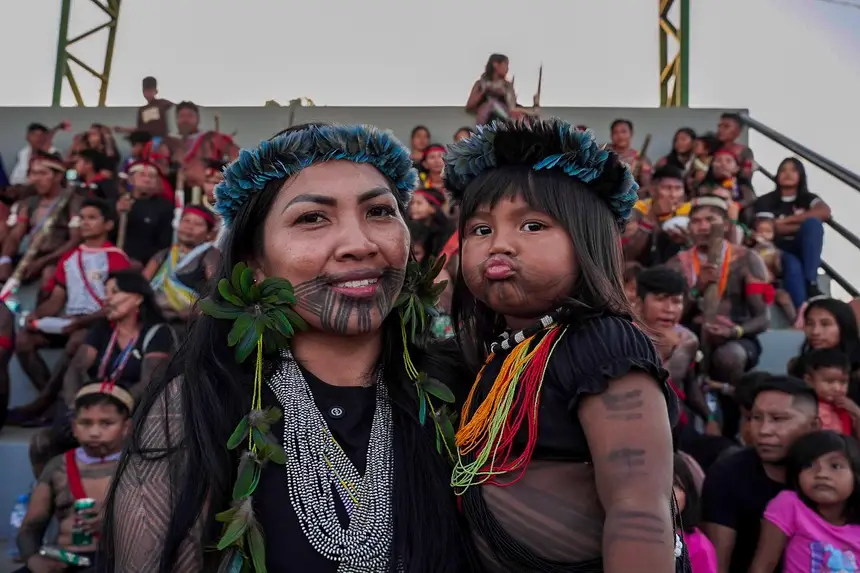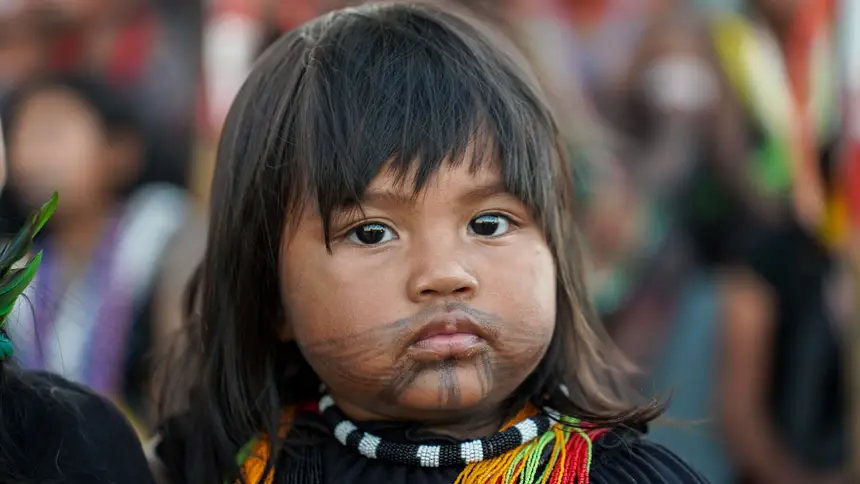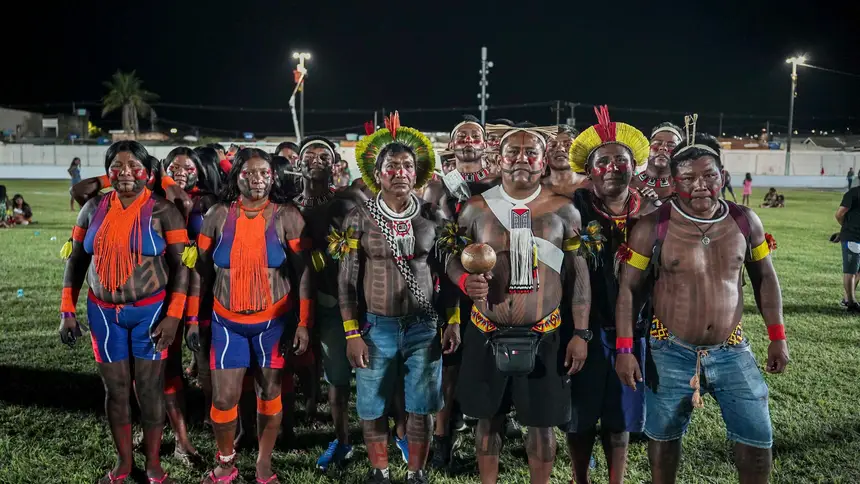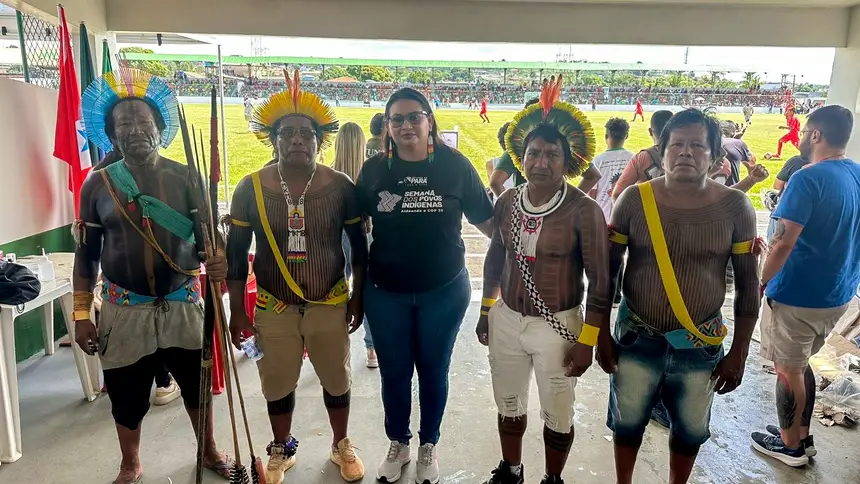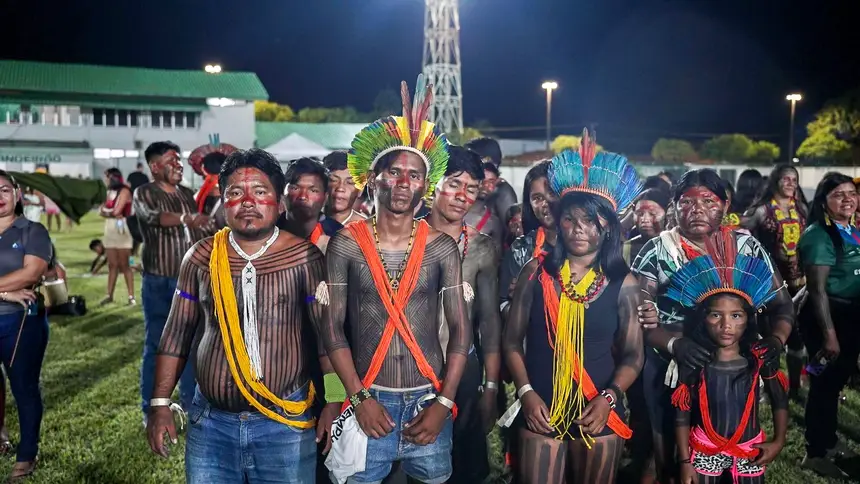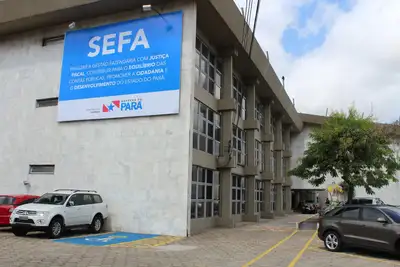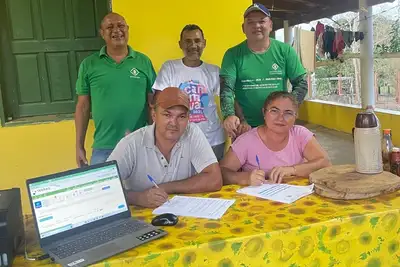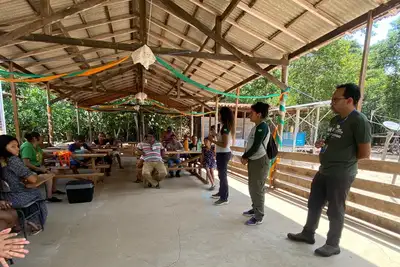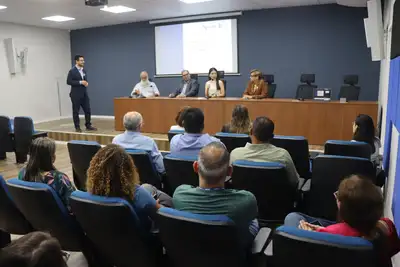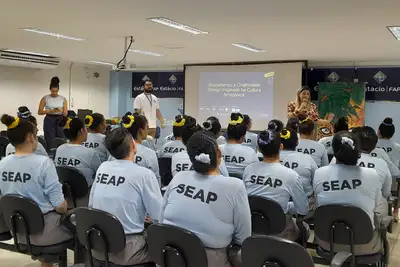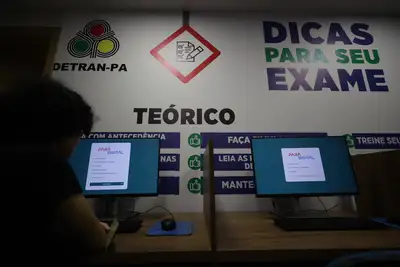Xingu Culture and Games Festival Celebrates the Diversity of Indigenous Peoples in Altamira
Event celebrates traditional knowledge and sports with the support of the State Government and the partnership of the State Secretariat for Indigenous Peoples (Sepi)
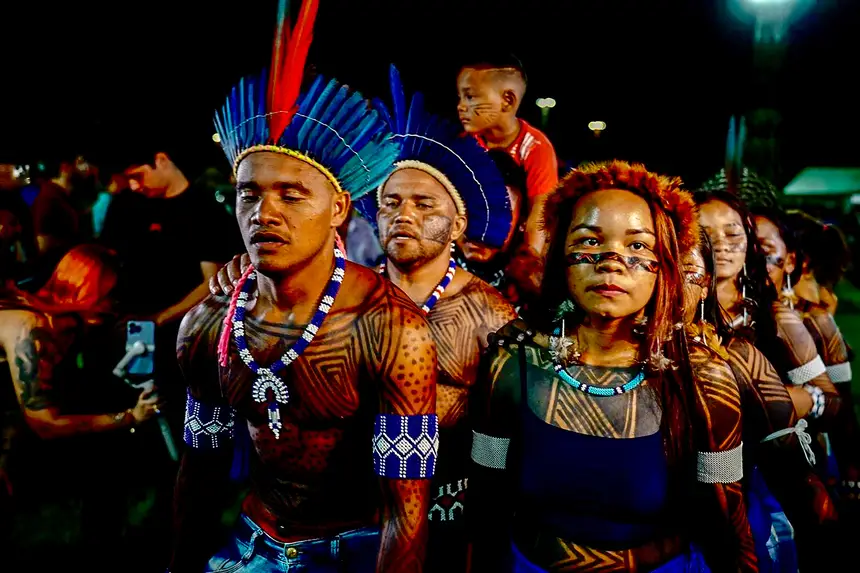
The Xingu Culture and Games Festival, in Altamira, in the southwest of Pará, promotes the ethnic diversity of indigenous peoples with their traditional knowledge and sports. The event opened this Wednesday (16) and runs until Sunday (20) with the support of the State Government and the partnership of the State Secretariat for Indigenous Peoples (Sepi).
More than 900 indigenous people from 14 ethnicities participate in activities that contribute to strengthening ties between villages and valuing the traditional rituals of the peoples of Pará. The Middle Xingu region concentrates the greatest ethnic diversity in the state, rich in the diversity of languages, arts, and ancestral ways of life.
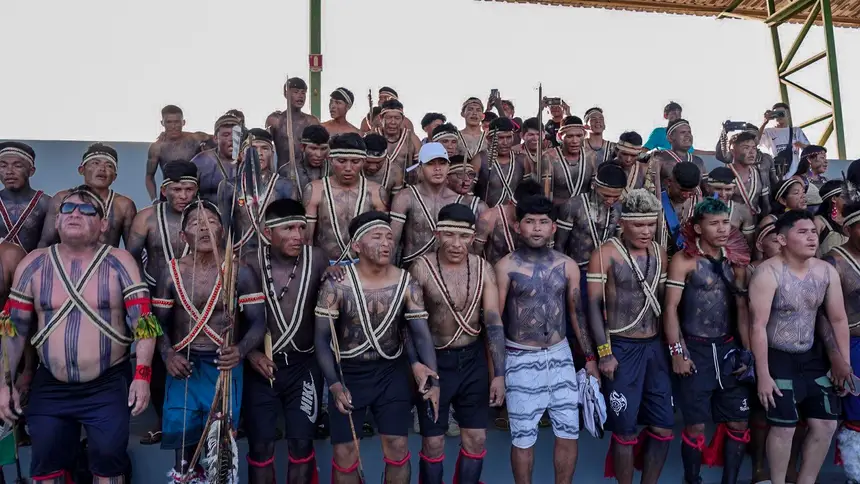
For five days, the public will be able to watch competitions in archery, log racing, canoeing, soccer, and other modalities, as well as cultural presentations, collective rituals, and musical shows. The official mascot of the event — a jaguar with a headdress and traditional graphics — represents the strength of the living forest and Amazonian indigenous culture, and the state government is part of this great cultural celebration, reinforcing its commitment to the peoples of the forest.
Living History
“This festival is an opportunity to honor the diversity of the peoples of Pará. We are talking about living histories, languages that resist, and traditions that connect the past, present, and future. Supporting this moment is reaffirming the State's commitment to the rights and cultural wealth of indigenous peoples,” says the Secretary of State for Indigenous Peoples, Puyr Tembé.
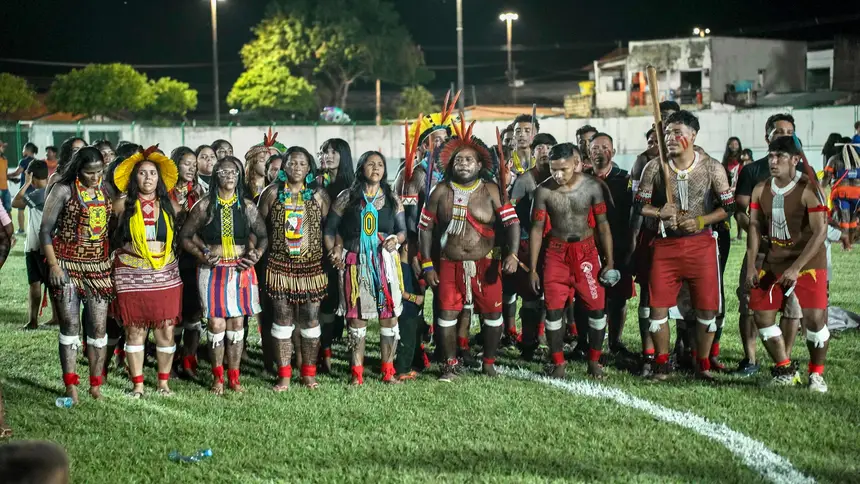
Indigenous from the Sateré Mawé ethnicity, Leidiane Góes, highlights: "The Indigenous Games are of great importance for the peoples of the Middle Xingu, as they represent cultural preservation and the strengthening of the identity of the original peoples. They are not just recreational activities, but also ceremonies and rituals that transmit ancestral knowledge, physical skills, and cultural values from generation to generation."
Caravan of Peoples
The indigenous peoples also participated in the Caravan of Indigenous Peoples Towards COP30 (30th United Nations Climate Change Conference). A moment of dialogue and learning organized by Sepi, with a total focus on the largest global climate event, in Belém, next November.
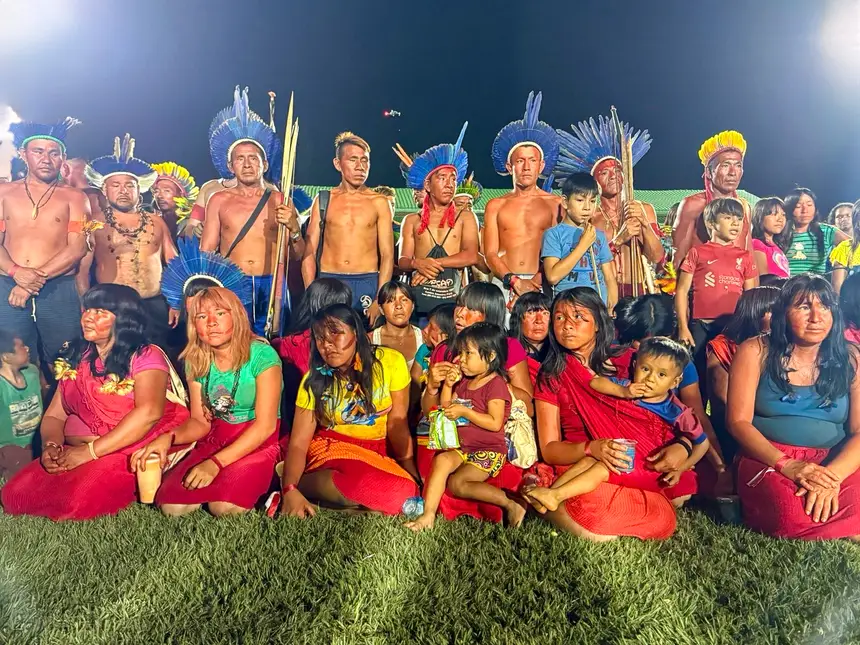
“The Caravan of Indigenous Peoples Towards COP30, held here in Altamira, was a historic moment. Bringing together so many leaders from so many different peoples is a concrete step to strengthen indigenous protagonism in major global debates. These peoples, who have protected the forest for centuries, are now also helping to build the climate agenda that we want to present to the world at COP30,” comments Puyr Tembé, Secretary of State for Indigenous Peoples of Pará.
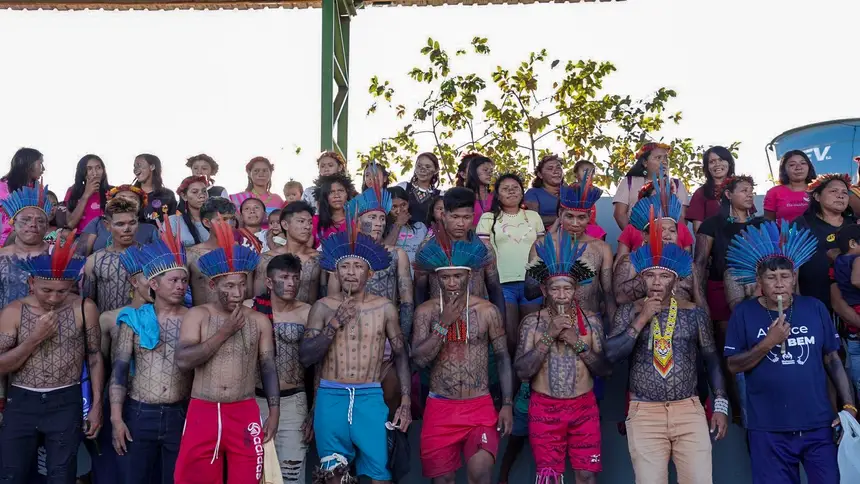
Check out the peoples present in the caravan and at the Xingu games:
Peoples of the Middle Xingu region
• Arara (TI Arara Volta Grande, TI Arara and TI Cachoeira Seca) – Known for their cultural strength, the Arara speak languages from the Karib family and keep their graphic art, rituals, and traditional ways of life alive, even after recent experiences of contact.
• Xipaya (TI Xipaya) – With strong spirituality and shamanic practices, the Xipaya fight for the revitalization of their language and have stood out in environmental defense and the autonomy of their territories.
• Kuruaya (TI Kuruaya) – They inhabit one of the most preserved areas of southwestern Pará and speak the Tupi-Munduruku language. They live in contact with urban areas and maintain deep ties to their cultural roots.
• Asurini (TI Koatinemo) – Known for the Turé ritual, ceramic art, and body graphics, the Asurini live on the right bank of the Xingu and have artistic production strongly linked to spirituality.
• Xikrin (TI Trincheira Bacajá) – Part of the Kayapó people, the Xikrin live along the Bacajá River, where they maintain collective rituals, languages from the Jê family, and strong community organization.
• Kayapó (TI Kararaô) – Recognized for their resistance and national protagonism in the indigenous struggle, the Kayapó preserve their own cosmology, traditional crops, and strong mobilization in defense of their territory.
• Parakanã (TI Apyterewa) – Peoples of warrior tradition and farmers, the Parakanã are known for their handicrafts, oral culture, and resistance against the occupation of their territories.
• Araweté (TI Araweté) – Tupi-Guarani people of hunters and farmers, the Araweté have shamanic songs, rituals, and a complex cosmology that guides their worldview and spirituality.
• Juruna (TI Paquiçamba) – Also known as Yudjá, the Juruna are excellent canoeists and fishermen. Their ceramics and graphics reflect their symbolic relationship with the rivers and the forest.
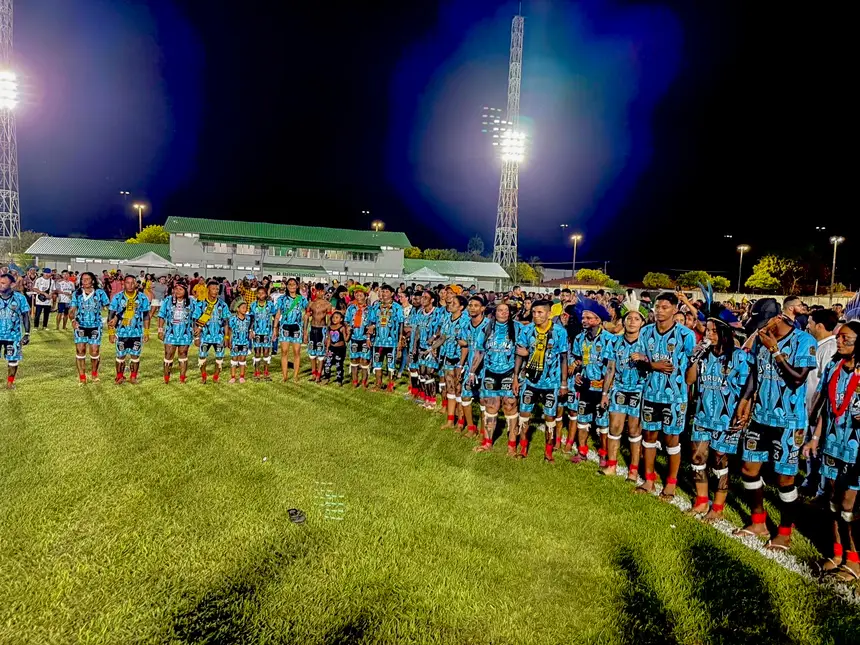
Invited peoples from other regions of Pará
• Gavião Kyikatejê (TI Mãe Maria) – People of Eastern Timbira tradition, known for log races, ceremonial division into clans, and strong presence in traditional games.
• Xikrin do Cateté (TI Xikrin do Rio Cateté) – Subgroup of the Kayapó, the Krimei Xikrin stand out for body painting done by women, valuing words and listening in community decision-making.
• Kayapó Mebêngôkre (TI Kayapó) – Internationally recognized for their leadership in environmental defense and indigenous rights, the Mebêngôkre are symbols of Amazonian cultural resistance.


